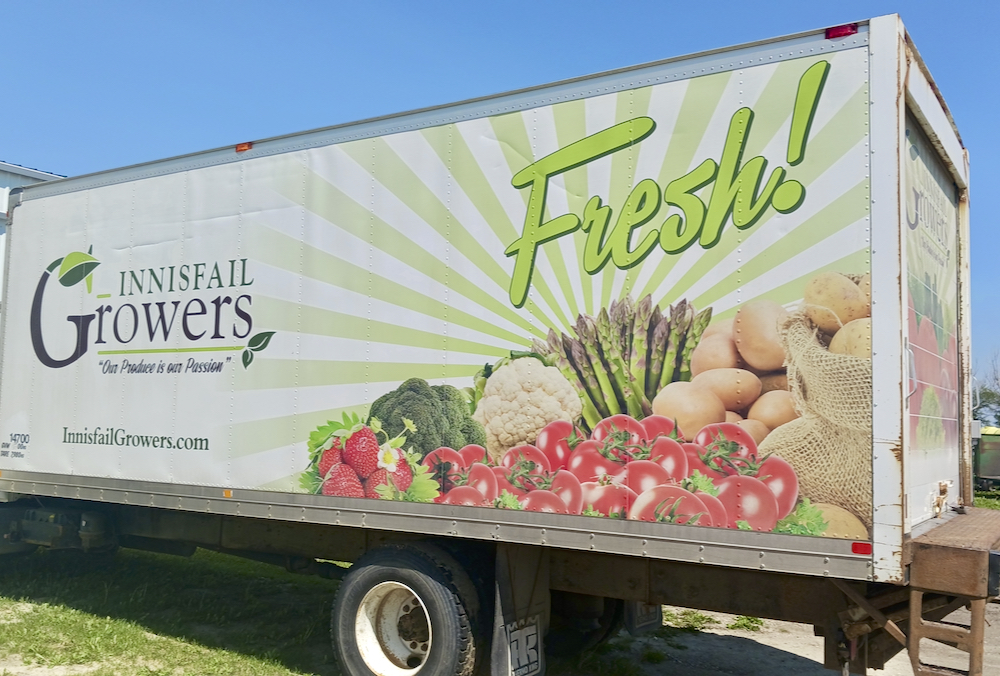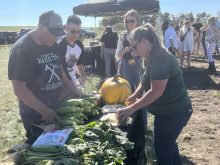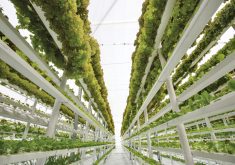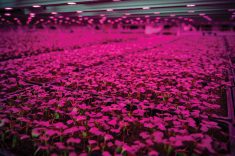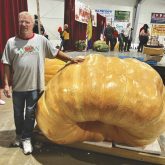Market gardens and farmers markets might have a bucolic reputation but they’re a tough business.
Buyers expect quality, flavour and, most importantly, variety. They’re not interested in a stand with a single product such as carrots, beets or strawberries. They want the whole produce basket.
For a single grower to meet those expectations is a tall order, as one farm would have to grow many different crops in small volumes and essentially be a jack of all trades, master of none.
Read Also
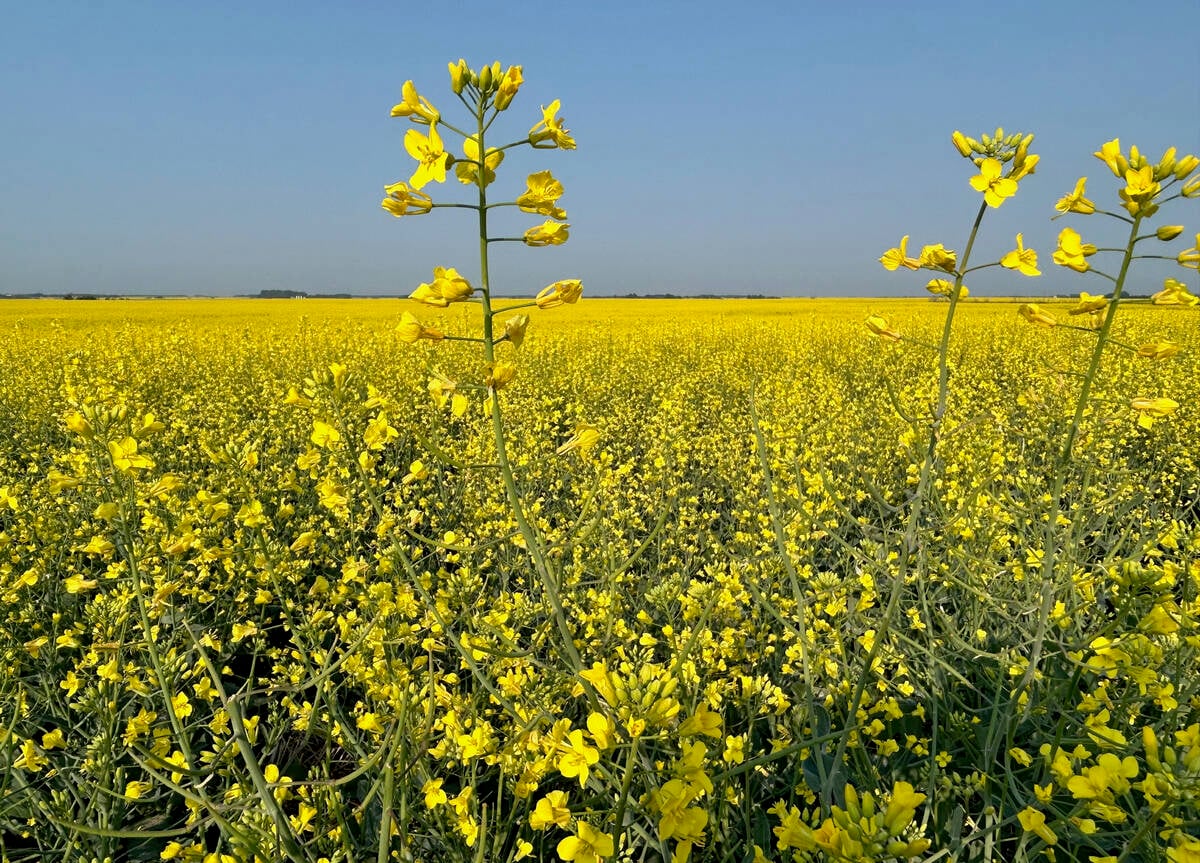
Want more canola bushels? Join a local research network
Joining a local group of farmers who conduct on-farm trials and share data is a great way to boost profitability, say agronomists in Western Canada.
That’s why, 30 years ago, a handful of family operations in central Alberta banded together — first in an informal joint venture, later as a closed co-operative — to found Innisfail Growers.
Through this structure, the independent farms work together, avoid internal competition and find a way to thrive.
“It allows us to specialize and find economies of scale,” says Rod Bradshaw, who chairs the group and operates Beck Farms along with his wife and partner Shelley and their two sons. They specialize in carrots and other vegetables.
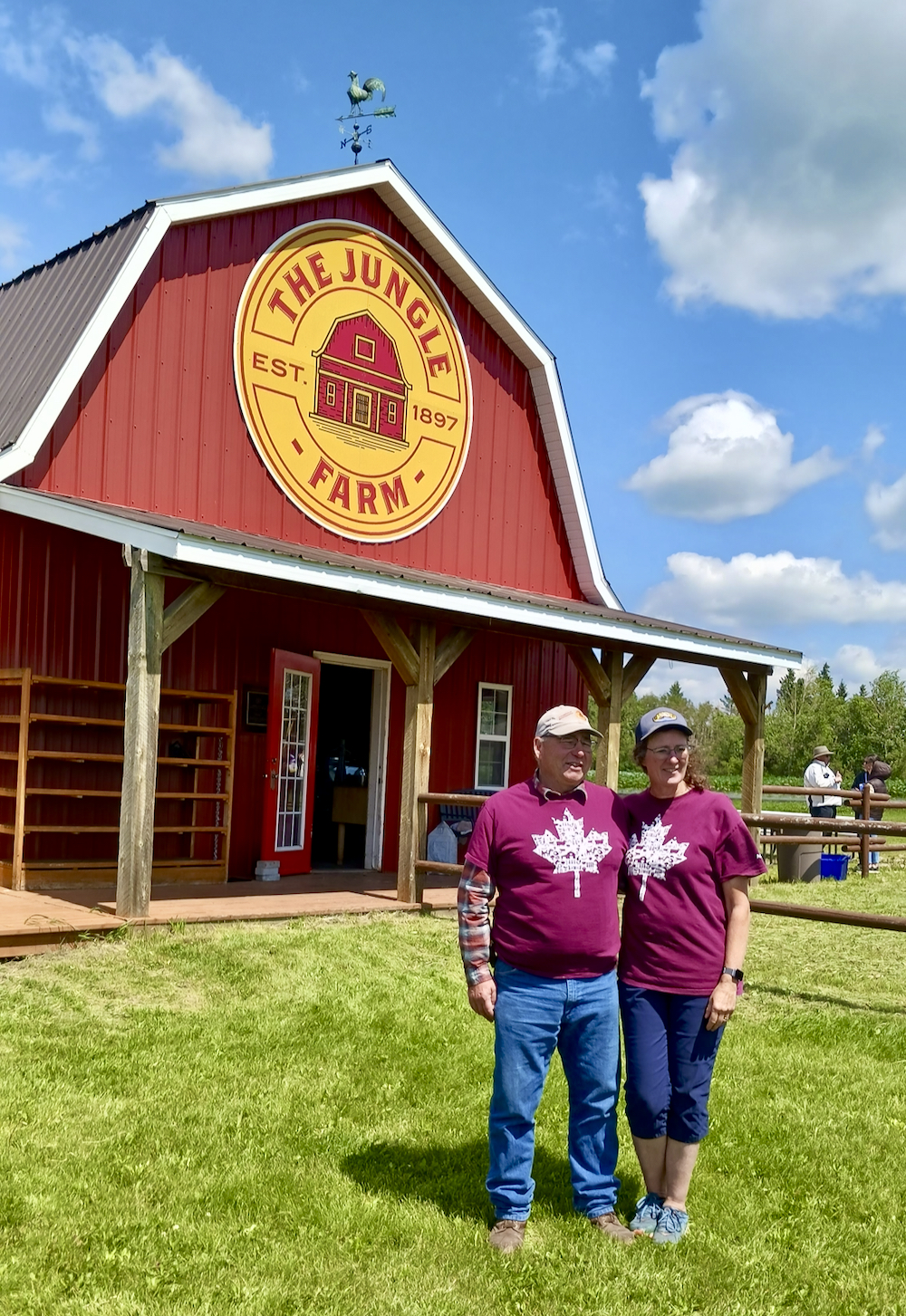
Borrowed model
The idea to work together came from a trip to the Netherlands and United Kingdom that Rod and Shelley took in the early 1990s. They found inspiration in an organization called Shropshire Growers.
“There are no new ideas under the sun,” Rod told a recent tour of international agriculture journalists who visited two co-op member-farms. “You have to take one and make it your own.”
Returning to Alberta they looked for potential partners and found several in nearby farmers pursuing similar goals of growing fruit and vegetables and marketing them directly.
A neighbour was growing peas. Another was specializing in strawberries. Yet another was growing table potatoes.
“Everyone was doing something different,” Rod says.
They were all learning together, and breaking new ground for their farm operations, most of which had been in existence for many years but in a different type of agriculture.
“We were all grain farmers and we all moved into vegetable growing,” Rod says.
Working together allowed the growers to specialize and to expand their reach. They were able to attend more markets and even hire staff to manage and attend those events. Many of those employees were the children of growers, which gave them valuable work experience.
It also allowed them to jointly fund a packing house that washes and bags their produce for distribution, and the trucks to haul it to market.
Today, in its 30th year, Innisfail Growers attends about 20 markets during the summer growing season, plus three year-round markets, including two in Calgary.
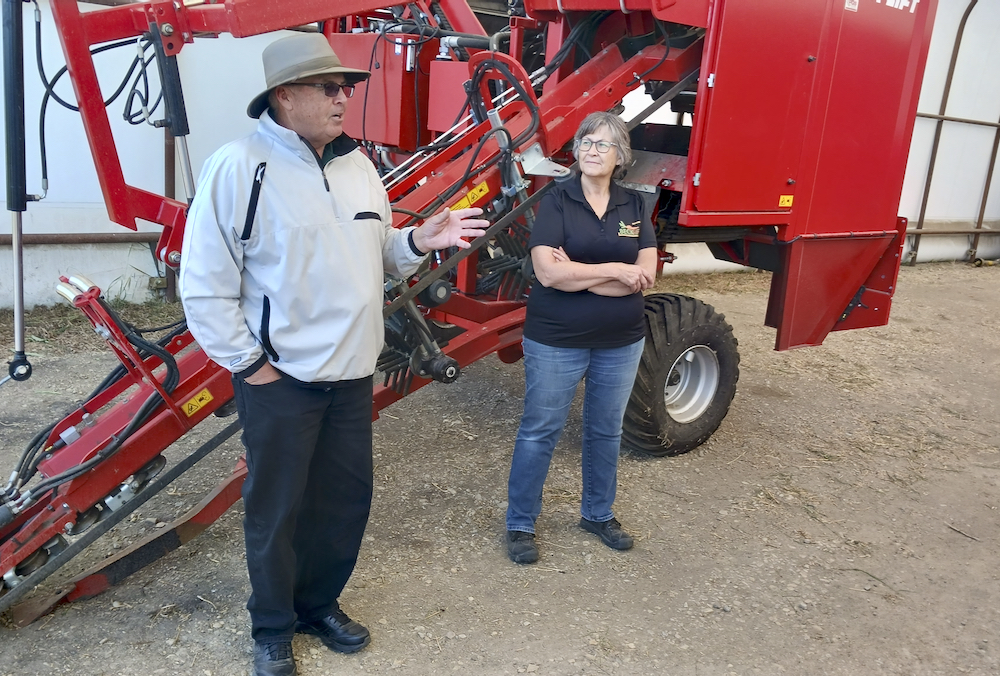
Community extension
Another early member in the co-op was The Jungle Farm, operated by Blaine and Leona Staples.
It’s been in Leona’s family for four generations, and was named by her great-grandfather after Rudyard Kipling’s classic The Jungle Book collection of stories. A bear living near the farm when he settled it brought to mind Baloo the bear from those stories.
In 1996 Leona returned to the farm with Blaine and they were intent on making their lives there.
“I said ‘one thing we can certainly get rid of is the name,’” Leona says with a chuckle. “Blaine said we couldn’t, because he loved it.”
They returned to grain farming, and Blaine’s own experience on his family’s southern Alberta operation was also in grain growing. But horticulture, and in particular strawberry growing, quickly took centre stage.
Today they plant about 30 acres of strawberries and vegetables. On top of their presence at farmers’ markets, they have a farm store and a U-pick operation. Blaine, who holds a master’s degree in agriculture from the University of Alberta, is central to the agricultural operations. He’s now experimenting with table-top strawberry growing, a technique imported from Europe.
“Strawberries are very susceptible to soil-borne disease,” Blaine says. “A lot of strawberry growers fumigate their soil every year.”
Moving to a table top operation should eliminate that need, simplify management of the crop while growing, and ease harvest since the plants are at a better height for manual picking.
“Every strawberry in the world is picked by hand,” he says.
The Jungle Farm also tries to reconnect people with how their food is produced, Blaine says. He credits Leona’s abilities on social media and her background as an extension home economist as crucial. She puts it another way.
“I’m afraid it’s made me a not very good worker here,” she jokes. “I spend my days talking to people.”
Said people include school day trips, group tours and others. Leona estimates the farm hosts about 1,500 schoolchildren (and their teachers and chaperones) every season, giving a younger generation new insight into agriculture.
That effort includes showing the children Indigenous history for the region, and a portion of the farm is left natural, facilitating this discussion.
“That forest is so important to me, because it’s what so much of central Alberta used to look like,” she says.
Story to tell
In the end, quality produce is just part of the businesses that have banded together under the Innisfail Growers banner.
They also work hard at making strong connections with consumers. Similar produce might be available at the grocery store, but this produce’s growers are right there beside the customers to further forge that bond.
“We’re selling a story,” says Rod Bradshaw. “And you’re paying us for that story when you buy our produce.”

